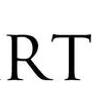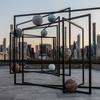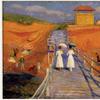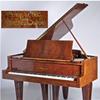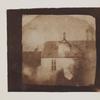Rodin: The Human Experience
- PORTLAND, Oregon
- /
- October 24, 2016
One of the greatest artists of his time, Auguste Rodin (1840-1917) revolutionized the art of sculpture with works that probe expression with the human figure and face. While his sculpture always remained faithful to nature, he departed from traditional practice in seeking to reveal the creative process. This winter, a Portland Art Museum exhibition of stunning bronzes will demonstrate Rodin’s particular passion for modeling the human form in clay, the medium in which his hand and mind are most directly evidenced.
The selected bronzes in the show represent the major achievements of Rodin’s long career. They include powerful studies for The Burghers of Calais, as well as works derived from his masterpiece, The Gates of Hell. Others, such as The Night (Double Figure), demonstrate his experimentation with assemblage. Rodin: The Human Experience also features sculptures, such as Monumental Torso of the Walking Man, which demonstrate Rodin’s admiration for Michelangelo, and Dance Movement D, which speaks to his interest in creating an illusion of movement.
The exhibition is especially rich in portraiture. Included are Rodin’s famous depictions of the writers Victor Hugo and Honoré de Balzac; the composer Gustav Mahler; the artist Claude Lorraine; one of his favorite dancers, Hanako; and his portrayal of God, which is also a self-portrait.
Rodin’s ability to use bronze to represent living flesh and his interest in expressing extreme psychological states were highly influential upon younger artists, both in Europe and America. Rodin: The Human Experience, opening Jan. 21, 2017, reveals why the artist is considered the crucial link between traditional and modern sculpture.


